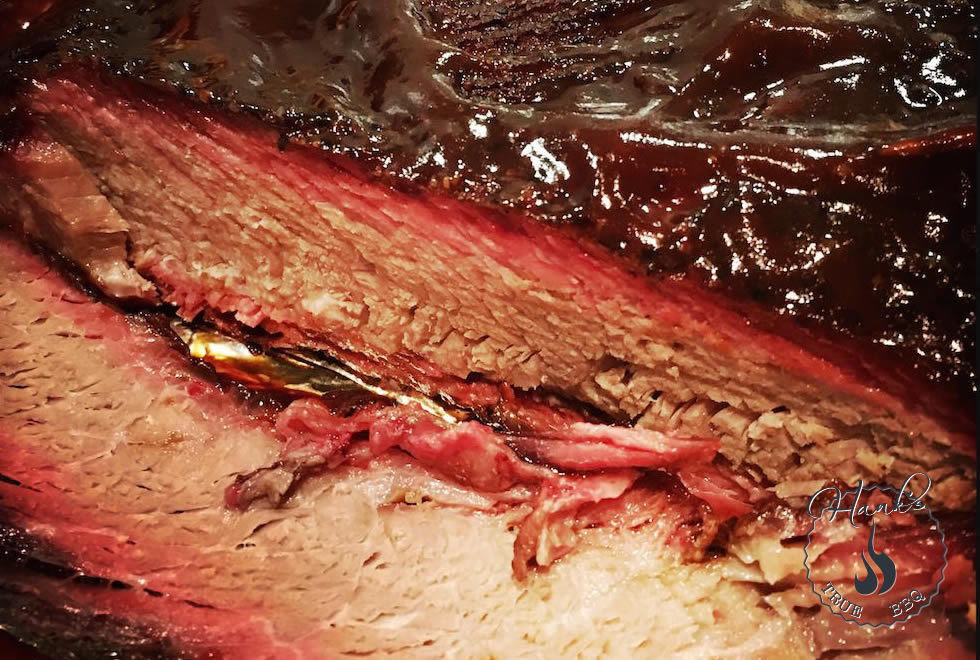The smoke ring is coveted by most people doing proper bbq. What’s the big deal, you ask? Well, for one, it is a very visible indicator of your meat being properly smoked. Take a look at the picture above. You see a 3/8 inch wide red ring around the meat. This is where the smoke has reacted with the proteins in the meat. It doesn’t mean the meat is uncooked or raw, quite the opposite.
What happens is that nitrous oxide (which is formed when the volatile organic compounds are burnt, they form when wood is burning) reacts with the meat. It is a good indicator of having a good n pure burn, meaning the wood/charcoal is burnt at a high enough temperature.
If the fuel doesn’t burn cleanly then your food will taste bitter. That doesn’t have anything to do with the formation of the smoke ring.
How long does it take to create a smoke ring?
Well, that all depends, as usual. Size/weight of the meat is one factor, as well as meat and air temperature. If the meat is cold, the smoke flavor sticks much better. The cold meat attracts the hot smokey air, but when the air temp and meat temp balances out the effect lessens. This is why you should always take meat directly from the fridge when doing low n’ slow. The smoke flavor and smoke ring sets in during the first hour roughly, which leads us to the next subject:
Placement of wood chunks/chips
On a lot of pictures of kettle grills you see a load of charcoal and/or briquettes formed like a snake, or fuse. The fuel is laid out like a ring around the grill, with wood chunks/chips spread evenly all around the circle. This isn’t needed, as we now know that the smoke flavor sets in during the first part of the cook. So save your wood chunks for the next cook instead, and just put a few chunks at the “beginning” of the charcoal snake.

